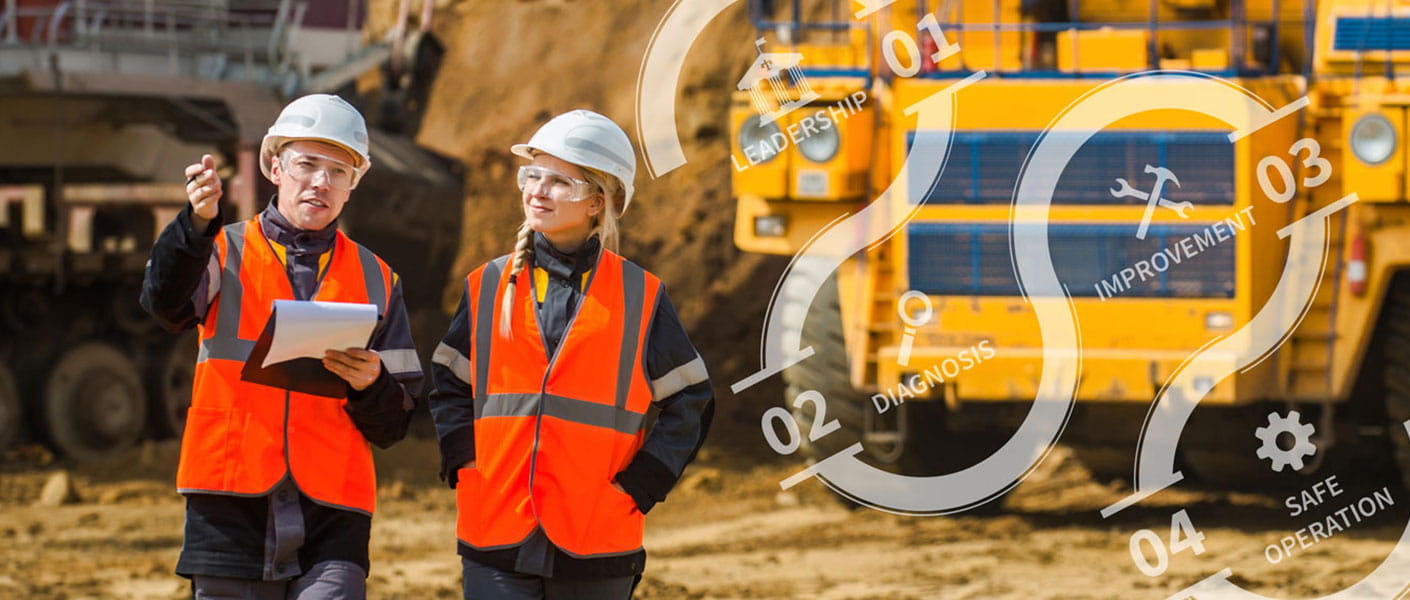Current thinking
Current thinking in safety covers a wide range of approaches and issues often not considered in the workplace. It brings in concepts from psychology, Systems Thinking, Complexity Theory and other organisational disciplines.
Theory: Safety I vs Safety II
Coined by Professor Erik Hollnagel, ‘Safety I’ refers to the traditional approach to safety – taking accidents, finding out what went wrong and not doing it again. ‘Safety II’ is an alternative, more positive view that works by understanding the things that lead to success and doing them more consistently.
What this means…
Treat people as a solution to be harnessed, rather than as a problem to be fixed. Search for and identify positives and improvements, share them and spread their use.
Theory: ETTO
Also from Hollnagel, the ‘Efficiency-Thoroughness Trade Off’ (ETTO) suggests that there are always competing demands in people’s actions. More efficient work reduces thoroughness and vice versa. One of the key management failings in accidents is an expectation that thoroughness can be maintained when increased pressure is applied for efficiency.
What this means…
Recognise that perfection is not realistic and understand the impact when conflicting demands are placed on workers.
Theory: Use of rules
Rules are a cornerstone of traditional safety management. But rules are absolute. They are black and white in a world of grey. Rules presuppose that we know what the most important activities to be done are, and leave no room to respond to local conditions that may render the rule unnecessary or even increase risk.
Rules can be useful in certain circumstances, but they reduce autonomy, motivation and innovation and so must be judiciously applied.
What this means…
Command and control is not an effective mechanism for optimal performance in modern, complex work-places. Maintain rules only where risk is high and execution is difficult.
Theory: Transformational leadership
Safety leadership is simply leadership. There is nothing special about it. Leaders need to be properly informed of the safety issues, but the leadership concept is unchanged. Transformational leadership is extensively covered in business literature and training – it is people-centric and collegiate, open and empowering, and visionary and strategic.
What this means…
Lead for safety in the same way for any other performance. Stop separating safety out and treating it differently or it will never become part of the routine.
Theory: Local rationality
When we investigate accidents we apply a filter of rationality to the decisions made by people at the time. But our filter is based on our view of the situation, supported with the benefit of the knowledge of what actually transpired.
We expect people to make consciously thought-through decisions based on risk factors. But unfortunately, people don’t think like that and don’t make decisions in that way. The vast majority of human decisions are made based on heuristics and rules of thumb; based on what has worked successfully in the past and are in response to the local context.
What this means…
Recognise the reality of how people make decisions in context and make systems and processes to accommodate.
Theory: Emergent property
Safe operation can be viewed as an emergent property of a complex system. It is very difficult to identify individual components that make it up. It must be viewed in its complex context, considering all the interactions holistically. The various players need to be given the means to input into the system in appropriate ways and adapt as required to the local situation. This is the exact opposite to the way in which most safety is currently done. We see an incident, break it down into its component pieces and try to fix them individually.
What this means…
Consider the whole system when understanding safety, rather than trying to pinpoint specific issues to fix. View the worker as the sharp end of an entire organisational tool that the business uses to get the job done.
A safer future
These are simply a selection of the many theories, ideas and proposed approaches that are currently being developed. Some build on existing approaches while others replace them. Some are fine in theory, but are too complex to implement on the ground or require too much specialist knowledge to be practically applied.
However, the single common thread running through the majority of the current theories is that people are the solution - not the problem. They are a resource to be harnessed, rather than a place to lay blame.
The journey to this people-centric approach is different for each business. Everybody begins from a different place and has different needs. But it consists of four key steps:
- Leadership - ensuring full alignment and genuine understanding across the leadership team
- Diagnosis - understanding where your problems lie and, just as importantly, where your strengths can be harnessed
- Improvement - making practical and effective improvements to sustain better performance
- Safe operation - keeping safety as business as usual by reviewing, monitoring and continuously improving

We call this your Safe Path. The journey is different for everybody, but the destination is the same – a safer future.



